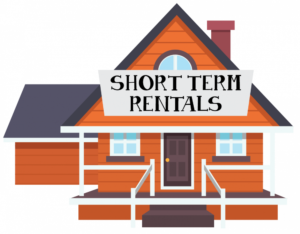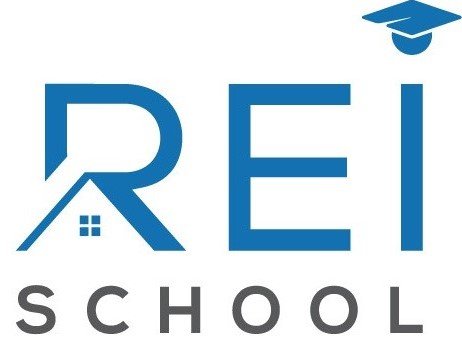March 25, 2025 | 3 Minute Read
When we launched our first short-term rental (STR) in early 2022, we were excited by the potential for higher income. Our thought was simple: why not convert several of our long-term rental properties into STRs? As long as we could net at least $200 per month—similar to what we made with long-term tenants—it was a win.

Plus, we anticipated lower maintenance costs since the properties would be regularly cleaned and maintained thanks to our housekeepers and guest feedback.
In the first year, the performance exceeded expectations. Our average daily rate (ADR) was $230, and we were netting about $2,500 per month per property. Encouraged by the success, we quickly scaled up to 16 STRs.
Today, we operate 12 STRs and the ADR has decreased to an average of $130 per night. We are converting four of them back into long-term rentals. So, what changed?
Profitability Remains, But Performance Varied
To be clear, we’ve consistently turned a profit from our STRs. Even with a lower ADR, we’re still netting an average of $1,500 per month per unit. Some properties have performed exceptionally well—bringing in up to $5,000 per month—while others have barely broken even after expenses.
After three years, we finally have enough data to evaluate our entire STR portfolio in depth. Here’s what we discovered:
The First Four: Strategic Slow Flips
Four of our original 16 properties were never intended to be long-term holds. We used STR income to carry them until the market improved, allowing us to sell them at our eventual target price. That strategy paid off—we sold all four last year and walked away with solid profits. This approach worked as a “slow flip”: hold the property for a year or two, collect STR rental income in the meantime, and then exit profitably selling them off retail.
The Next Four: Underperformers
Of the remaining 12 properties, there were four that were posing challenges. They were good properties but consistently underperformed. While most of our inventory was achieving 20 days+ of occupancy per month, these lagged behind at just 7 days. That barely covered expenses and required hands-on management, draining our time and resources with little return.
It was not the location or amenities at these properties that caused them to underperform. Our data shows that the market has become saturated and for some hosts, it is a race to the bottom with rates to obtain bookings.
As a result, we’re transitioning these four back to long-term rentals. One will remain in our rental portfolio, while the other three are being sold turnkey and already have commitments from turnkey buyers. We’re choosing to sell because our cost basis is so low that we can use the profits to pay off several of our better-performing STRs, effectively owning them free and clear.
The Remaining Eight: Strong Performers
The final eight properties are our top performers. They’ve consistently delivered strong returns and will continue to operate as STRs for the foreseeable future. We’ll keep monitoring occupancy trends and local market saturation to guide future decisions.
A Strategic Shift to Mid-Term Rentals
We’re also adjusting our strategy to attract mid-term guests—those staying for 30 days or more. This shift is already paying off. Lower nightly rates have attracted a new guest base, including:
-
Corporate travelers (contractors, remote workers)
-
Insurance and relocation clients (e.g., displaced homeowners)
-
Traveling nurses and healthcare professionals
Currently, five of eight of these properties are hosting mid-term guests for stays ranging from 30 to 90 days or more.
Three years into our short-term rental journey, one thing is clear: success in this space requires constant evaluation, flexibility, and a willingness to pivot based on performance. What worked in 2022 doesn’t necessarily work in 2025. Markets shift, guest preferences evolve, and revenue trends fluctuate.
By analyzing our data, we were able to identify underperforming assets, reinvest proceeds from sales into high-performing units, and focus on mid-term rentals as a an alternative and more profitable income stream. This has not only improved our cash flow but also diversified our portfolio and reduced vacancy risk.
As we move forward, our strategy is simple: focus on what works, exit what doesn’t, and continue adapting to the changing landscape of short-term and mid-term rentals. That’s how we’ll protect our time, maximize returns, and build a sustainable, scalable portfolio.
